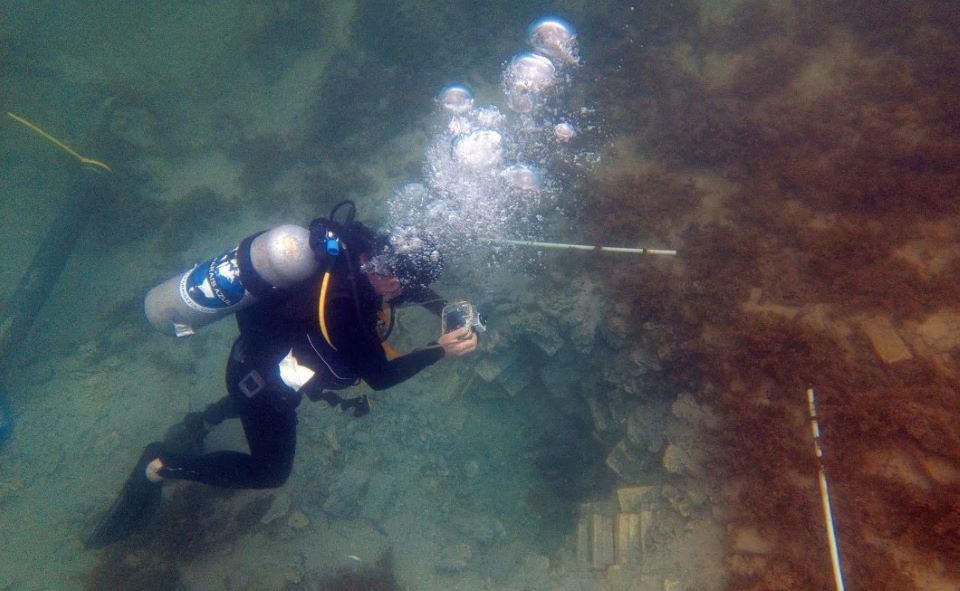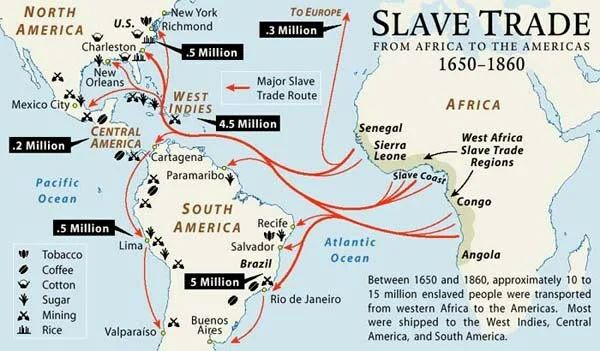African slaves played a major role in Costa Rica’s history
A groundbreaking archaeological discovery off Costa Rica’s southern Caribbean coast has shed new light on maritime history and – more importantly – restored the ancestral lineage of a community whose origins had long been obscured.
For the descendants of Africans brought to Costa Rica in chains in the early 18th century, the confirmation that two sunken ships near Cahuita National Park were in fact Danish slave ships marks a moment of profound historical and cultural reckoning.
Until recently, they were believed to be pirate ships while a closer examination of their wreckage has upset this status, the National Museum of Denmark said in a press release.
More to read:
Climate change linked to the growing number of African and Asian pirates
For decades, official history claimed that Afro-Costa Ricans arrived in the province of Limón in the 19th century. However, the recent identification of these wrecks proves that enslaved Africans were present on Costa Rican shores as early as 1710 — over a hundred years earlier than previously recorded.
According to local initiative Ambassadors of the Sea, this revelation is particularly meaningful for community members of African and Indigenous descent who have spent the last decade piecing together this lost narrative.

Divers photographing the yellow brigs at the wreckage site. Source: National Museum of Denmark
Maria Suarez Toro, founder of the initiative, now has a new story for the region: Afro-Costa Ricans can trace their presence in Limón to the early 1700s, and not just to colonial plantation labor in the 1800s; they were founders, survivors, and ancestors.
This historical connection reshapes national identity and affirms the presence and contributions of Afro-descendants in Costa Rica’s cultural fabric. It is also a reminder that forced immigration through slavery laid the foundation for many communities that exist today — descendants who continue to preserve traditions, language, and resilience in the face of a painful past.
Misidentified wrecks
For years, the remains of two sunken ships lying in shallow waters off Cahuita National Park were believed to be pirate vessels. Local fisherpeople, who had settled in the area around 1826, thought the broken and scattered wreckage was the result of battle. But in 2015, a different story began to emerge when marine archaeologists discovered yellow bricks at one of the sites — bricks traced back to 18th-century Denmark.
Further investigation, conducted in 2023 by marine archaeologists from Denmark’s National Museum and Viking Ship Museum, revealed that these were the remains of two Danish slave ships: the Fridericus Quartus and the Christianus Quintus. Historical records had noted the disappearance of these ships in 1710, but their location had remained unknown — until now.
More to read:
Who was the wealthiest ever pirate in recorded history?
Scientific analyses confirmed the ships’ identities. Tree-ring dating of oak timbers pointed to wood from the Baltic region cut between 1690 and 1695. The distinctive yellow bricks were found to match those manufactured in Flensburg, Germany, for Danish colonial use. Clay pipes recovered from the site were also consistent with early 18th-century Danish designs.
David Gregory, head of the Njord Maritime Research Center, told CNN: “The bricks are Danish, and the same goes for the timbers, which are additionally charred and sooty from a fire. This fits perfectly with historical accounts stating that one of the ships burned.”
Mutiny, rebellion, and smog
The journey of these ships was marked by tragedy and resistance. The Fridericus Quartus, carrying enslaved Africans from Ghana to the Danish colony of St. Thomas, experienced a rebellion onboard, combined with mutiny among the crew and confusion caused by navigational errors.
Smog led the ships astray, causing them to drift south and eventually wreck along the Costa Rican coastline on 2 March 1710.
Historical documents reveal that fear of pirates and Indigenous communities caused delays and disputes among the captains about going ashore. Eventually, the crisis led to a mutiny that left around 650 enslaved Africans stranded on what is now Cahuita National Park.
From that moment on, the identity of the Costa Rican population – rare at that time – began changing. An entire provincial community owes its existence to African ancestors. Some African survivors had joined the piracy community but most mixed with the local tribes to start a new life.

The itineraries of slave shippings and numbers of transported slaves from Africa. Source: Wikipedia
African ancestry in Costa Rica is a significant but minority component of the population today. According to the 2011 Costa Rican census, about 8% of the population identified as Afro-Costa Rican (approximately 334,000 people out of 4.3 million at the time).
However, the actual percentage with African ancestry may be higher due to intermixing and underreporting. Afro-Costa Ricans have had a strong cultural impact — especially in music (calypso, reggae), food, language (Patwa), and community traditions — despite facing historical marginalization.







